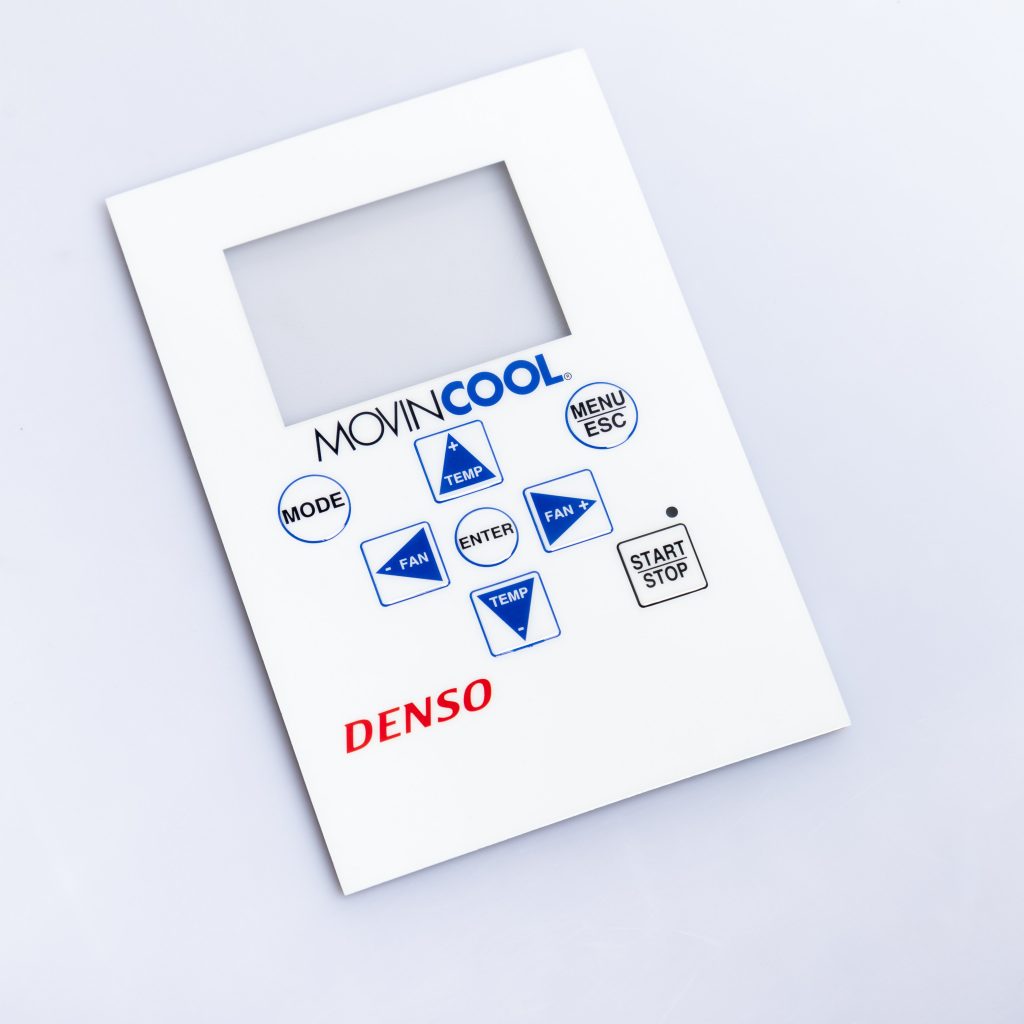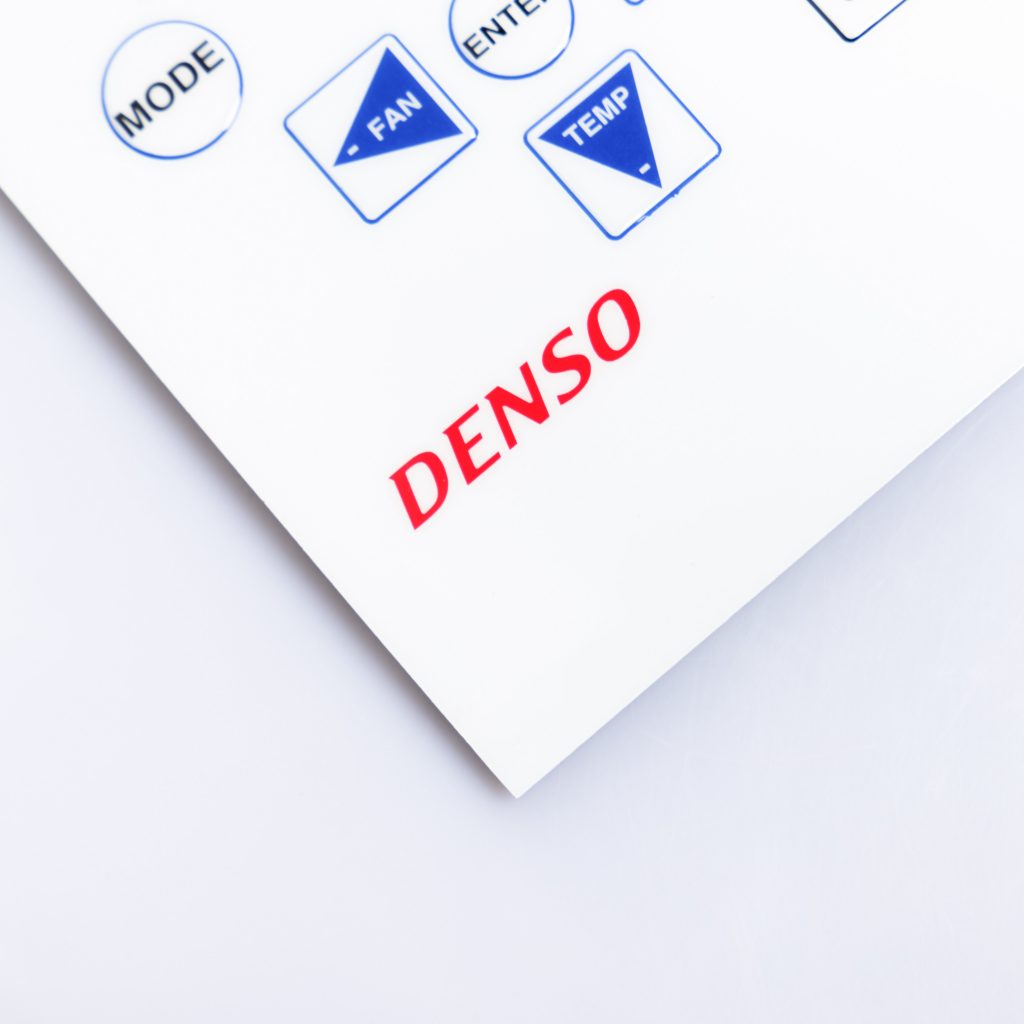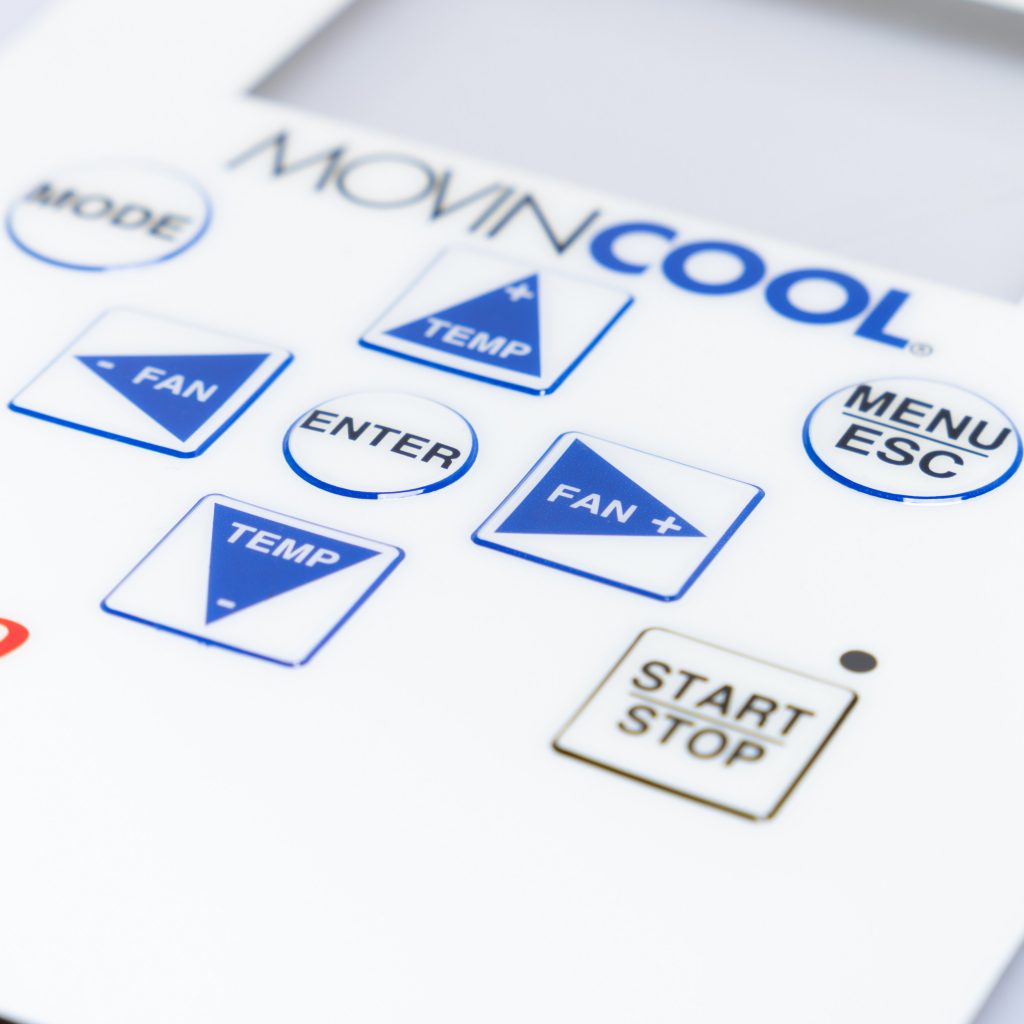Contact
Write to Us And We Would Be Happy to Advise You.
Do you have any questions, or would you like to speak directly with a representative?
By hqt
When it comes to electronic devices, ensuring quality and reliability is of utmost importance. One critical component that plays a significant role in the functionality and user experience is the membrane switch. A membrane switch is a user interface that allows for easy and intuitive interaction with electronic devices. To ensure the optimal performance of membrane switches, thorough inspection methods are essential. In this article, we will explore various membrane switch inspection methods that can help identify any defects, ensure quality, and maintain the trust of customers.



The membrane switch inspection methods discussed here are designed to detect any potential issues and ensure that the final product meets the highest standards of quality. Let’s delve into some of the most commonly used inspection methods:
Visual Inspection
Visual inspection is the first step in the inspection process. It involves a detailed examination of the membrane switch for any visible defects, such as scratches, dents, or misalignments. A thorough visual inspection helps identify any cosmetic issues that may affect the overall appearance and functionality of the switch.
Electrical Testing
Electrical testing is crucial to evaluate the conductivity and functionality of the membrane switch. This method involves applying voltage and measuring the response of the switch. By conducting electrical tests, manufacturers can ensure that the switch performs optimally and reliably, meeting the required specifications.
Circuit Continuity Testing
Circuit continuity testing focuses on verifying the integrity of the electrical circuits within the membrane switch. This test aims to identify any breaks or interruptions in the circuitry that could lead to malfunctioning switches. By ensuring proper circuit continuity, manufacturers can guarantee the switch’s reliability and functionality.
Actuation Force Measurement
Actuation force refers to the amount of pressure required to activate a particular switch. Measuring actuation force is crucial to ensure that the membrane switch is responsive and user-friendly. By using specialized tools and equipment, manufacturers can accurately measure the force required for switch activation and verify if it falls within the acceptable range.
Environmental Testing
Membrane switches are exposed to various environmental conditions during their lifecycle. Environmental testing involves subjecting the switches to extreme temperatures, humidity, and other environmental factors to assess their performance and durability. This type of testing helps manufacturers identify potential weaknesses and make necessary design improvements to enhance the switch’s reliability.
Life Cycle Testing
Life cycle testing is conducted to simulate the real-life usage conditions of the membrane switch. It involves repeatedly actuating the switch for an extended period to evaluate its durability and longevity. By subjecting the switch to rigorous testing, manufacturers can identify any potential wear and tear issues, allowing them to improve the switch’s design and materials for enhanced performance.
What are the essential characteristics of a high-quality membrane switch?
A high-quality membrane switch should exhibit several characteristics. These include durability, reliability, tactile response, ease of use, resistance to environmental factors, and a visually appealing appearance.
How can visual inspection help in identifying defects?
Visual inspection allows manufacturers to detect visible defects such as scratches, dents, or misalignments. By identifying these issues early on, manufacturers can take corrective measures and ensure that the final product meets the highest standards of quality.
Why is electrical testing important for membrane switches?
Electrical testing helps ensure the functionality and reliability of membrane switches. By subjecting the switches to voltage and measuring their response, manufacturers can identify any electrical issues and make necessary adjustments to meet the required specifications.
What is circuit continuity testing, and why is it necessary?
Circuit continuity testing is conducted to verify the integrity of the electrical circuits within a membrane switch. This test helps identify any breaks or interruptions in the circuitry that could lead to malfunctioning switches, ensuring that the switch performs optimally and reliably.
How does actuation force measurement contribute to the usability of a membrane switch?
Actuation force measurement helps determine the amount of pressure required to activate a membrane switch. By ensuring the appropriate actuation force, manufacturers can create switches that are responsive, user-friendly, and comfortable to use.
Why is environmental testing essential for membrane switches?
Environmental testing assesses the performance and durability of membrane switches under various environmental conditions. By subjecting the switches to extreme temperatures, humidity, and other factors, manufacturers can identify weaknesses and make necessary improvements to enhance the switch’s reliability.
Membrane switch inspection methods play a vital role in ensuring the quality, reliability, and performance of electronic devices. Through visual inspection, electrical testing, circuit continuity testing, actuation force measurement, environmental testing, and life cycle testing, manufacturers can identify and rectify any defects, enhance usability, and deliver products that meet the highest standards. By employing these inspection methods, companies can instill trust in their customers and maintain their reputation for producing superior membrane switches.
Do you have any questions, or would you like to speak directly with a representative?